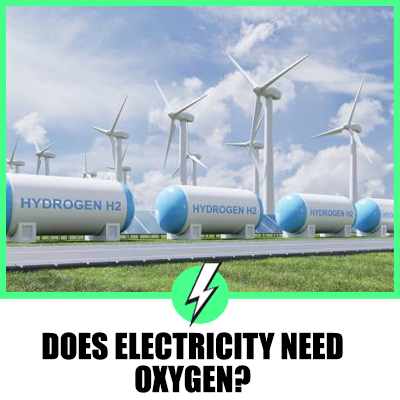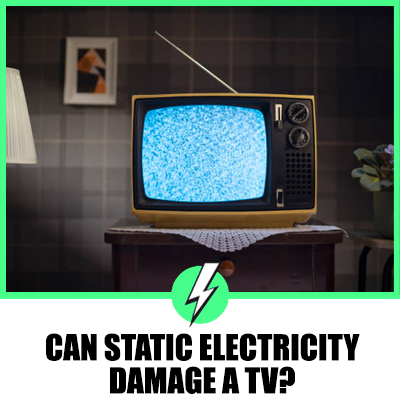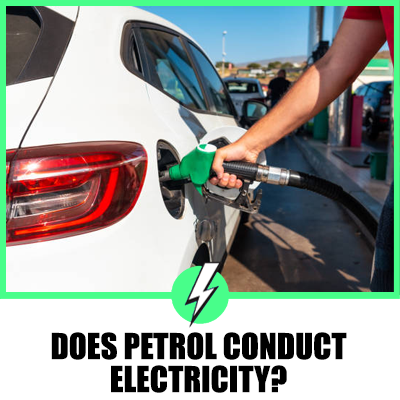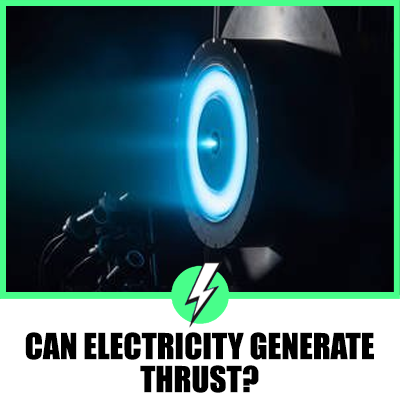Does Electricity Need Oxygen?
Electricity, a fundamental force of nature, has intrigued scientists and laymen alike for centuries.
One question that often arises is whether electricity requires oxygen to flow.
This article will delve into this topic, exploring the relationship between electricity and oxygen, and answering some key questions along the way.

Contents
Does Oxygen Conduct Electricity?
Oxygen, whether in its gaseous, liquid, or solid state, does not conduct electricity.
This is due to the covalent bond formed by two oxygen atoms.
However, it can channel electrical energy when ionized, that is, when it is in its plasma form.
The covalent bond is a type of chemical bond that involves the sharing of electron pairs between atoms.
These shared electrons allow atoms to fill their outermost shell and achieve stability.
In the case of an oxygen molecule, each oxygen atom shares a pair of electrons with the other, forming a double covalent bond.
This sharing of electrons makes the oxygen molecule stable and prevents the free flow of electrons, which is necessary for the conduction of electricity.
Why Oxygen Does Not Conduct Electricity?
Oxygen acts as an insulator.
The covalent bond formed by two oxygen atoms prevents the free flow of electrons, which is necessary for the conduction of electricity.
However, during electrical storms, the conditions surpass the breakdown voltage, allowing a current to pass.
It functions as a capacitor because it stores an electrical charge.
The breakdown voltage is the minimum voltage that causes a portion of an insulator to become electrically conductive.
In the case of an electrical storm, the high voltage can ionize the oxygen in the air, surpassing the breakdown voltage and allowing a current to pass.
This is why we see lightning during a storm.
How Does Oxygen React to Electricity?
When the strength of the electric field becomes strong enough, it ionizes the oxygen, allowing a lightning bolt to strike.
This may also be due to other elements in the air.
Ionization is the process by which an atom or a molecule acquires a negative or positive charge by gaining or losing electrons.
In the case of oxygen, the high electric field strength can cause it to lose electrons and become ionized.
This ionized oxygen can then channel electrical energy, allowing a lightning bolt to strike.
Can Electricity Go Through Air?
Yes, electricity can go through air.
If you use a very high voltage – usually between 200 and 1000 volts (or higher), you can get sparks, lightning, or other types of plasmas where mobile electrons are moving in the gas which can convey electricity.
Air, although an insulator under normal conditions, can become conductive under high voltage.
This is because the high voltage can ionize the air, creating a plasma of charged particles that can carry an electric current.
This is why we can see sparks or lightning when the voltage is high enough.
Insights from Online Discussions
Online discussions on platforms like Quora reveal that many people are curious about the relationship between electricity and oxygen.
One user explained that a vacuum, which is devoid of mass, including oxygen, can’t conduct electricity.
However, the concept of a vacuum is more of an approximation, and in reality, there’s no such thing as a perfect vacuum.
This insight highlights the complexity of the relationship between electricity and oxygen.
While it’s true that a perfect vacuum can’t conduct electricity, in reality, even what we consider a vacuum is not completely devoid of particles.
Therefore, under certain conditions, even a vacuum can conduct electricity.
Safety Considerations
For those who use oxygen therapy devices that are powered by electricity, it’s important to plan ahead for a loss of power.
Oxygen concentrators require electricity to work, and in the case of a power outage, this could pose a serious risk, especially for those with severe respiratory problems.
Oxygen concentrators are devices that extract oxygen from the surrounding air and deliver it to the user.
They are a convenient and cost-effective solution for people who require supplemental oxygen.
However, they rely on electricity to function, which can be a problem in the event of a power outage.
Therefore, it’s crucial for users to have a backup plan in case of power failures.
Conclusion
In conclusion, while oxygen does not conduct electricity in its normal state, it can channel electrical energy when ionized.
Electricity can also pass through air under certain conditions.
Understanding these principles can help us better understand the fascinating world of electricity and its interaction with the elements around us.





